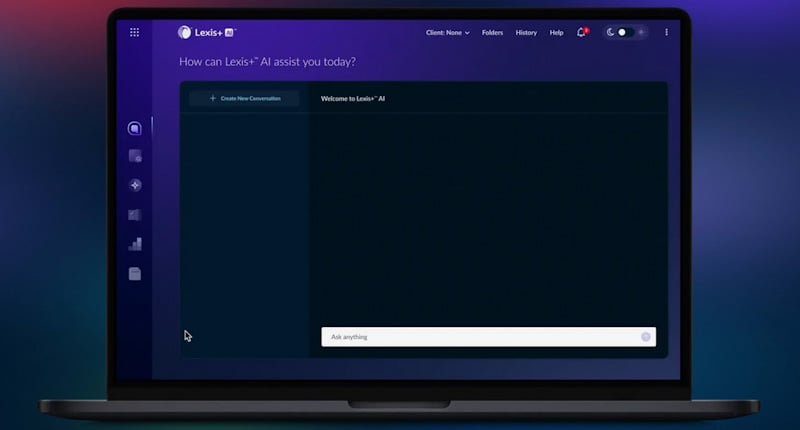Homegrown vs. Lateral
Over the past 15 years or so, law firm associates have seen the partnership track lengthen, stretching out to eight, nine, even as many as 12 years. And that goal is now often split into two tiers: the traditional and cherished equity partnership, and second-class, nonequity status.
Many associates also see another kind of growth as their class in the firm increases because of lateral hires. Managing partners and the headhunters who bring laterals to them know that can cause tension when the partnership dance begins.
New York City headhunter Marina Sirras wants to know a firm’s history in dealing with the partnership question.
“When we propose a senior associate, we always look to see what a firm has done with laterals,” Sirras says. “Have the laterals been making partner, or have they been leaving because they’re not making it?”
Homegrowns have the advantage of years of experience, helping them know their firm better and providing opportunities to work with partners who could aid their careers. Laterals, though, benefit because they often are cherry-picked or come as members of a group that the firm covets.
Laterals can bring a narrow subspecialty practice that clients demand, but homegrowns might have an edge because of a well-rounded background.
Which is winning out more often in law firms?
“That would be an interesting study,” says law firm consultant James W. Jones, formerly managing partner of Washington, D.C.’s Arnold & Porter. “I don’t know that anyone has done it.”
Either way, it is a situation where rumors win foot races with facts and perception trumps reality. Candor can help ease the tension.
Reassuring Associates
When the New York City-based firm Chadbourne & Parke is thinking of bringing in lateral associates, firm leaders check with good associates at that particular level to make sure the extra help is needed and, for example, that it is not a matter of some people hoarding work. They also assure the associates that, because the growth is needed, it should not hamper their own chances at partnership.
“We will not bring in lateral associates at a senior level unless there is a very real and perceived need, and one that is perceived in the associate ranks as well,” says Charles K. O’Neill, Chadbourne & Parke’s managing partner.
In this era of free agency, some firms put considerable resources into the process of hiring laterals, beginning with initial feelers and ending with integration into the firm. Washington, D.C.’s 1,100-lawyer Hogan & Hartson, for example, has a senior partner who spends 80 percent of his time doing just that.
“In firms that make very few partners, there’s more tension than we have,” says Howard I. Flack, Hogan & Hartson’s managing partner for lateral hiring and integration. “We have a very high retention rate for partners and associates.”
That tension may not end anytime soon, as firms continue to hire laterals in an attempt to extend their reach by geography and practice areas–all hoping to avoid becoming roadkill in the inevitable shakeouts.
And the slicing of the partnership pie becomes that much more serious.
“I don’t think a lot of firms keep track of who is more likely to make partner, the laterals or the homegrowns,” New York City headhunter Carey Bertolet says. “Maybe they don’t want to keep stats because they don’t want to learn that it’s easier for laterals to make partner,” she says. “I think some are more likely to do so.”



